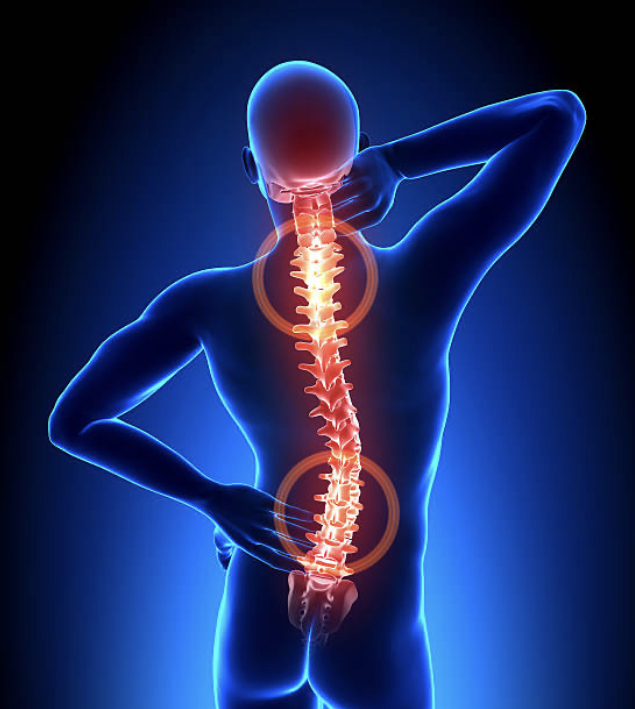Scoliosis is the presence of an abnormal spinal curvature. This condition affects 2-3% of the population, according to the American Association of Neurological Surgeons. Scoliosis may affect the cervical (upper), thoracic (middle), and lumbar (lower) regions of the spine. This spinal curvature, which veers to the left or right, often presents itself in a S or C shape.
Non-structural spinal curvature, means the curve is temporary and the spine is structurally normal. Structural spinal curvature means that the spine has a fixed curve.
The cause may result from a birth defect, neuromuscular disorder, injury, or infection of the spine. Adult onset scoliosis is rare – most adults develop symptoms during their childhood or teenage years, then are likely diagnosed later in life.
Scoliosis may also cause several other spine conditions, such as spinal stenosis and foraminal stenosis.
Types of Scoliosis
- Congenital Scoliosis: This form refers to the abnormal development of the spine in the womb. Spinal bones that become fused together or do not properly form during gestation lead to congenital scoliosis. This type may affect one or all levels of the spine. Since congenital scoliosis symptoms can appear in any level of the spine, it has a wide range of severity.
- Neuromuscular Scoliosis: This type is caused by a neurological or muscular disease, such as muscular dystrophy or cerebral palsy. The severity of neuromuscular scoliosis varies due to the unpredictability of treatment options and causes.
Scoliosis Symptoms
There are different symptoms that patients may experience. These include, but are not limited to:
- Uneven shoulders and/or waist
- One hip that is higher than the other
- One prominent shoulder blade
- Neck and back pain
- Difficulty breathing
- Numbness, cramps, and shooting pains in the legs
Conservative Treatments
Along with many spine conditions, treatments begins with conservative treatment. The following options could be very effective in minimizing symptoms:
- Bracing
- Insoles
- Chiropractic treatment
- Yoga
- Medical massage
If conservative treatment is ineffective, you may be a candidate for surgery.
Scoliosis Treatments
To relieve painful symptoms, nonsurgical scoliosis treatments may be recommended, such as pain medication, physical therapy, and exercise, among others.
If conservative scoliosis treatments do not relieve your symptoms after a few weeks or months, BEST Health System may be able to help. Our minimally invasive decompression and minimally invasive stabilization procedures can treat symptoms.
BEST Health System
If you are interested in learning more about the services offered through BEST Health System, contact our team today. Our board-certified surgeons specialize in minimally invasive spine surgery. This form of surgery is less invasive, but offers patients the same relief.
